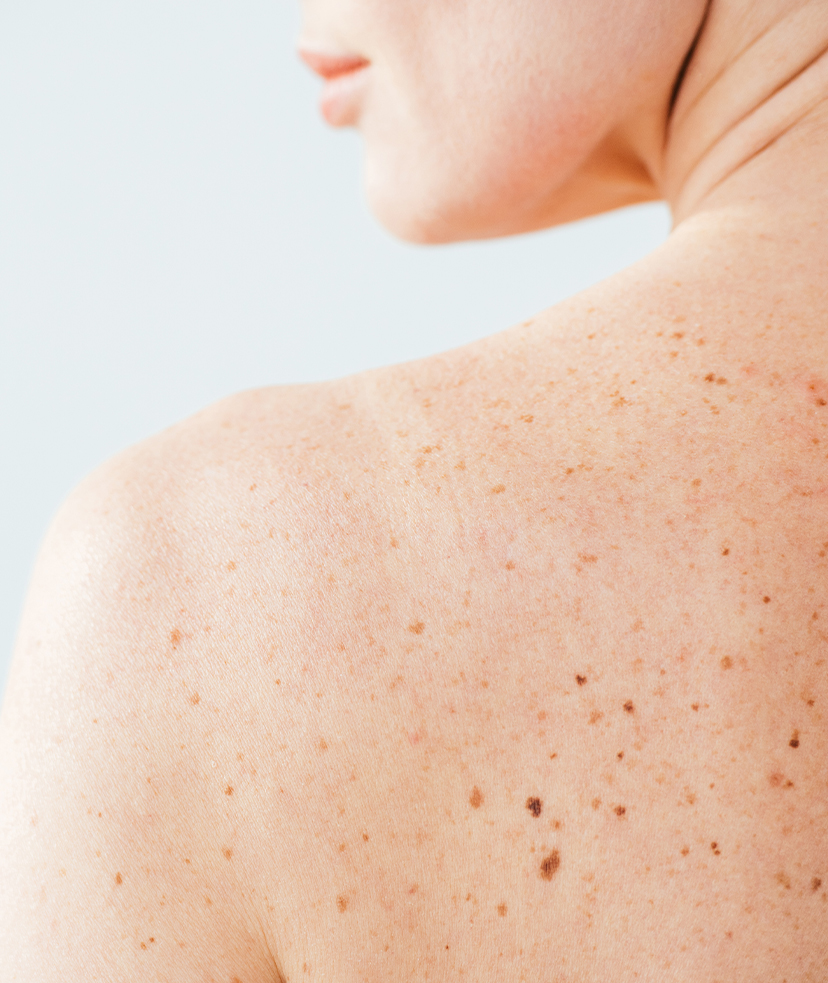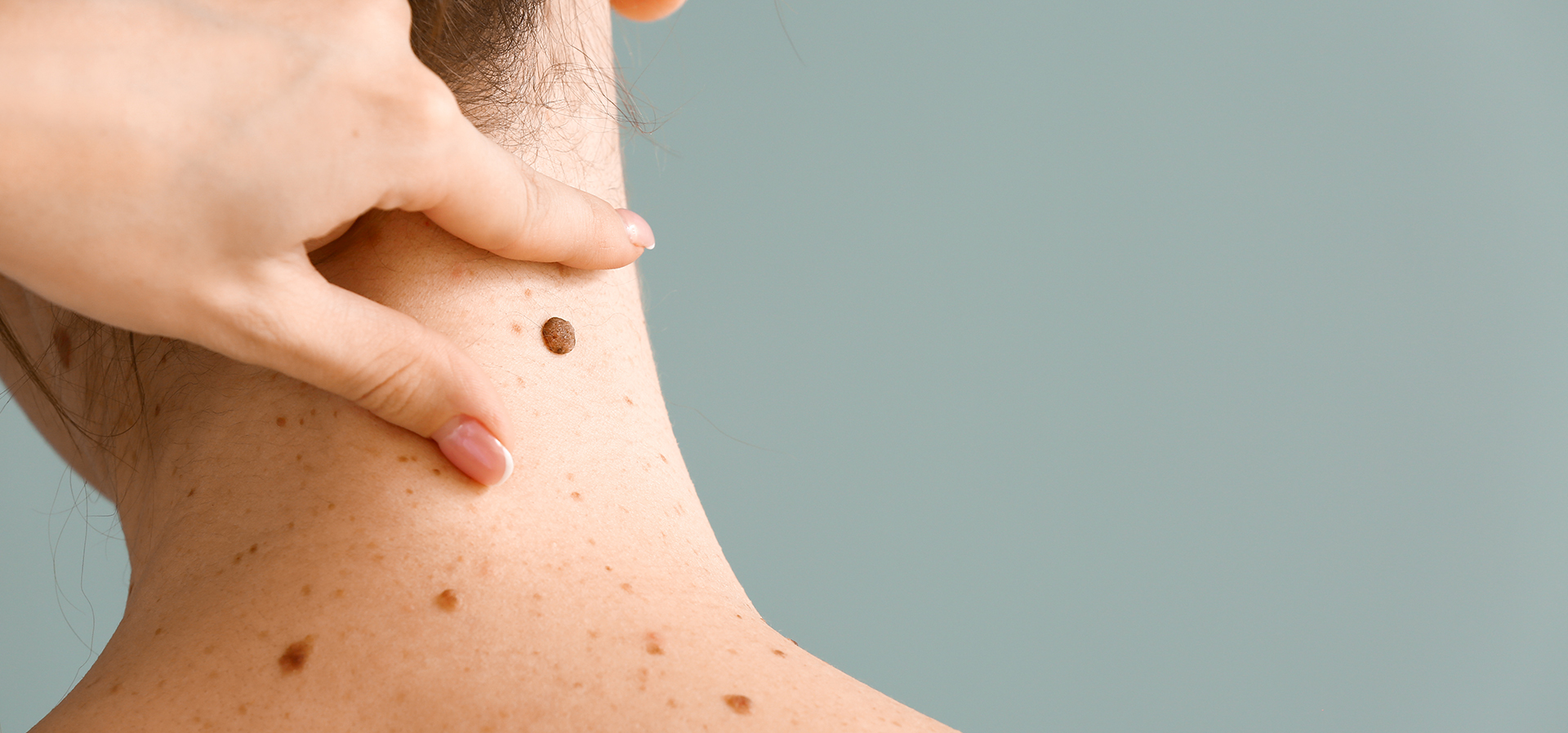Certain skin issues, like moles, have the potential to be dangerous. These unusual growths can appear at birth or over time. While most moles are nothing to be worried about, some can become irregular and develop into serious problems like cancer. If you’ve noticed these spots or other growths on your body, we can help. At McLean & Potomac Dermatology, we offer excision procedures to improve the look of your skin and help you remain healthy. Schedule at a location near you today.

What Causes Moles?
People can develop moles in their youth and often continue to develop moles with age. The tendency to develop moles depends on genetics. As does sun exposure, genetics also influences whether a mole may evolve into a cancerous spot. Studies show that the risk of melanoma, a type of skin cancer, quadruples if you have moles.
Our providers recommend annual skin exams for skin cancer surveillance. These examinations entail a full body examination of each mole for common signs of skin cancer. The ABCDEs of moles is a tool you can use to identify spots that might be changing into irregular moles.
How to Identify Irregular Moles
A – Asymmetry
This shows the difference between a symmetrical mole and an asymmetrical mole. If you draw a line through the asymmetrical mole, the two halves will not match, meaning it is asymmetrical, a warning sign of melanoma.
B – Border
The borders of an early melanoma tend to be uneven. The edges may be scalloped or notched.
C – Color
Having a variety of colors is another warning signal. A number of different shades of brown, tan, or black could appear. A melanoma may also become red, white, or blue.
D – Diameter
Melanomas usually are larger in diameter than the size of an eraser on your pencil (/4 inches or 6 mm), but they may be smaller when detected.
E – Evolving
When a mole is evolving in any way, you should schedule an appointment to have it evaluated by one of our providers. Any change in size, shape, color, elevation, or any other train, or a new symptom such as bleeding, itching, or crusting, suggests that the mole could be skin cancer.
How Do We Address Moles?
Moles can be removed through a simple excision procedure. During the procedure, the mole and a few centimeters of the surrounding skin are removed. Often, the removed tissue is biopsied by a pathologist to confirm that the area is benign and doesn’t pose a risk of developing into cancer.
What to Expect From Treatment
The excision procedure typically takes less than an hour, but this time may vary depending on the size and location of the mole. Dressing will be applied over the area following the procedure. You may return to the rest of your day afterward, but strenuous exercise and activity should be avoided. We will discuss pre and post-treatment care during your initial consultation.
Find Treatments for Moles in McLean, VA, or Potomac, MD
We offer mole excision treatments here at McLean & Potomac Dermatology. These procedures may be necessary if the mole appears irregular in shape or size. If you’re concerned about a mole or other growth on your body, we can provide you with the diagnosis and treatment you deserve.
You can reach us by messaging us through the Klara app on this website or giving us a call at (703) 356-5111.


